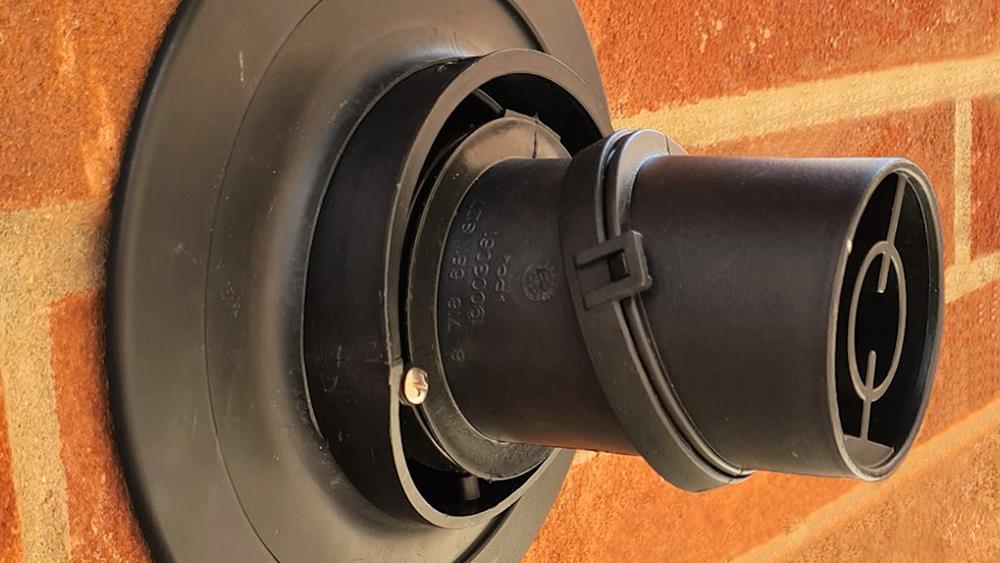

PipeSnug has welcomed the Government response to its own consultation on the Part L of the Building Regulations, which specifies the use of pipe grommets and collars on incoming service penetrations and internal building services in new build dwellings.
The new Approved Document Part L primarily addresses energy efficiency and air tightness in buildings in the lead up to the introduction of the Future Home Standard in 2025. The Government intends that the new Part L will deliver an ‘uplift’ in high-quality homes that are in line with its broader housing commitments, and encourage homes that are future-proofed for the longer-term. These homes will be expected to produce 31% less CO2 emissions compared to current standards.
Airtightness in new dwellings is an important driver towards ensuring this new housing stock minimises heat loss and the new Part L will set the minimum standard for air permeability. To help ensure airtightness Part L requires pipe grommets and pipe collars, such as PipeSnug, to be fitted as part of any new build dwelling. Housebuilders will also need to submit photographic evidence of compliance to its Local Building Control body and energy assessors.
“We are obviously delighted that the benefits of pipe grommets and collars have been recognised in Part L of the Building Regulations, and we believe PipeSnug and FlueSnug are a quick and easy path to compliance,” says Alex Lever, Director of PipeSnug.
“The product can be used to seal service penetrations internally and externally, providing an instant air tight finish without the need for additional sealants or tape. PipeSnug is also a very simple and effective way of supplying the newly required piece of photographic evidence to achieve compliance.”
“As well as new builds, the use of pipe collars are being recommended for extensions to existing dwellings too, so extensions and loft conversions could also benefit from the use of PipeSnug and FlueSnug. The collars can be used both inside and outside the property for the best finish and prevents heat loss and acts as a barrier to drafts, damp, insects and pests.”